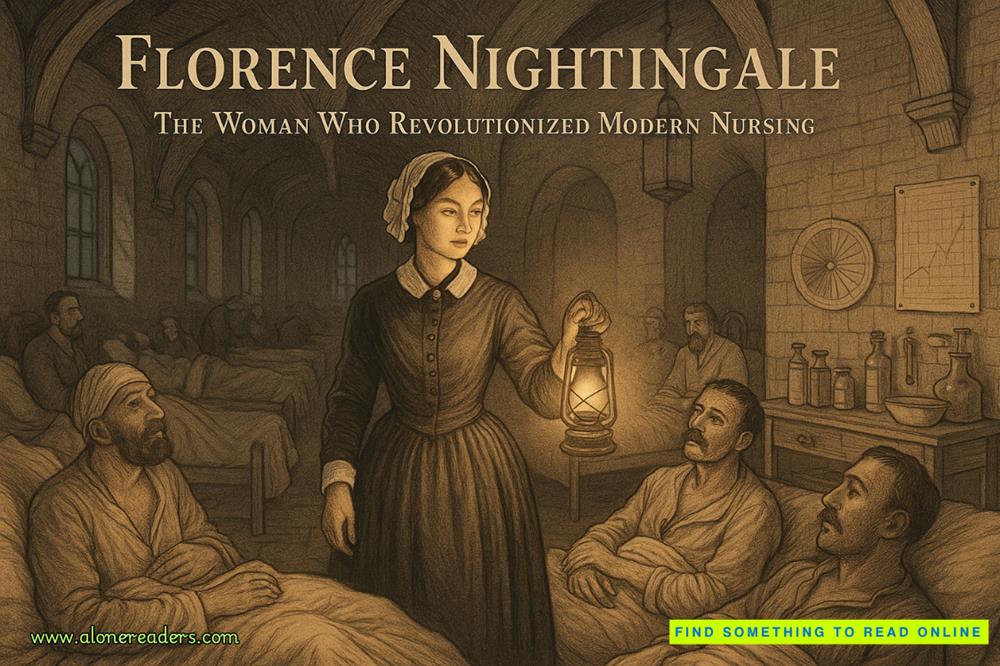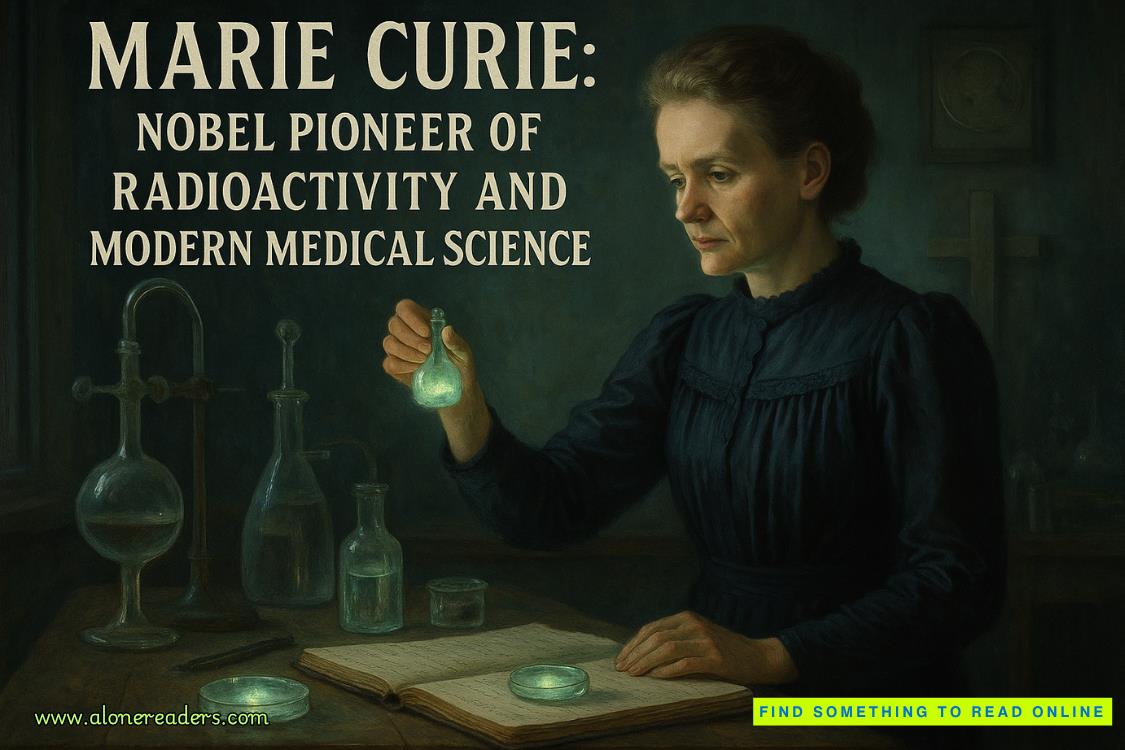Page 81 of Cruel Malady: A Necrosis of the Mind
Like Reilly Stafford, her revenge for him was just, but he has a higher purpose now. He doesn’t have to be a waste.
Reminded of my patient, I check his vitals. “You probably think I’m callous,” I say to him, regardless of whether or not he can hear me. “That I exhibit similar psychopathic tendencies. You wouldn’t be wrong. In order for one to achieve what I have, one has to assert a great level of insensitivity.”
Feeling no pulse, I frown down at him. “But don’t forget that a psycho killer did put an icepick through my sister’s brain. Something so traumatic does have a tendency to leave a mark.” I push harder against his neck. He’s unresponsive. I drop my hand.
Anger seizes my nerves, and I shove the gurney away. “Fuck.”
With begrudging effort, I wheel the gurney to the kitchenette and raise the bed. The body slides off and lands with an unceremoniousflopon the plastic sheet. Counter forensic measures are taken to clean the body and mask the burn marks on the temples, but only as an added precaution. No one will miss Reilly Stafford. He’s a toxic dump of human filth.
I cover myself with a used Tyvek suit I fished from the same medical dumpsite I sourced the gurney, then I select the switchblade—the one identical to the blade Blakely used to carry on her person, the one she brutally stabbed Ericson thirteen times with.
I stand over the dead body and grip the hilt, then begin stabbing his chest and torso.
It’s not an easy feat, driving a knife into a body. Without the presence of rage, you feel the blade slice past skin and cartilage and tendon. You have to wriggle the knife loose and pry it out. The sound is worse.
The time of death is so closely marked to the knife wounds, a medical examiner will find it difficult to determine that cause of death wasn’t due to the attack. I make sure to hit the heart, and watch blood slowly ooze atop his chest.
I stab him twelve times, one less than Blakely’s count, but authorities will still label it as overkill.
Even though it’s not scientific in the least, when I chose my subjects from her list, I believed a link to Blakely would tip the scales in our favor, that the next treatment would be a success. How sentimentally superstitious of me.
But here I am once again, another failed procedure, another expired subject.
I could recreate the experiment a hundred times, do everything exactly identical, and I would never get the same outcome. I don’t even have to compare the data to know why.
The result is unique to Blakely.
Sheis unique.
I’m unsure if this realization infuriates me or excites me—but it does simplify the objective.
For the past two years, I’ve been trying to change the world by designing a preventative. A cure to inhibit the decay and deterioration of the mind into a psychopathic state, when the cure is far more elaborate and…unique.
The objective has never been more clear.
I know what has to be done.
Once I dump the body, making sure to get every detail precise, it’s time to find my little lost monster.
There is preparation to be done. The groundwork must be lain.
They say absence makes the heart grow stronger.
The anticipation is killer.
I had wanted to share my discovery, my breakthrough with the world. I had wanted to honor my sister and restore her status in the medical community.
Now I don’t want to share Blakely with anyone.
It’s not about prevention at all.
It’s about elimination.
And I have the perfect calibrated weapon to carry out that objective.
27
OLD FLAMES















